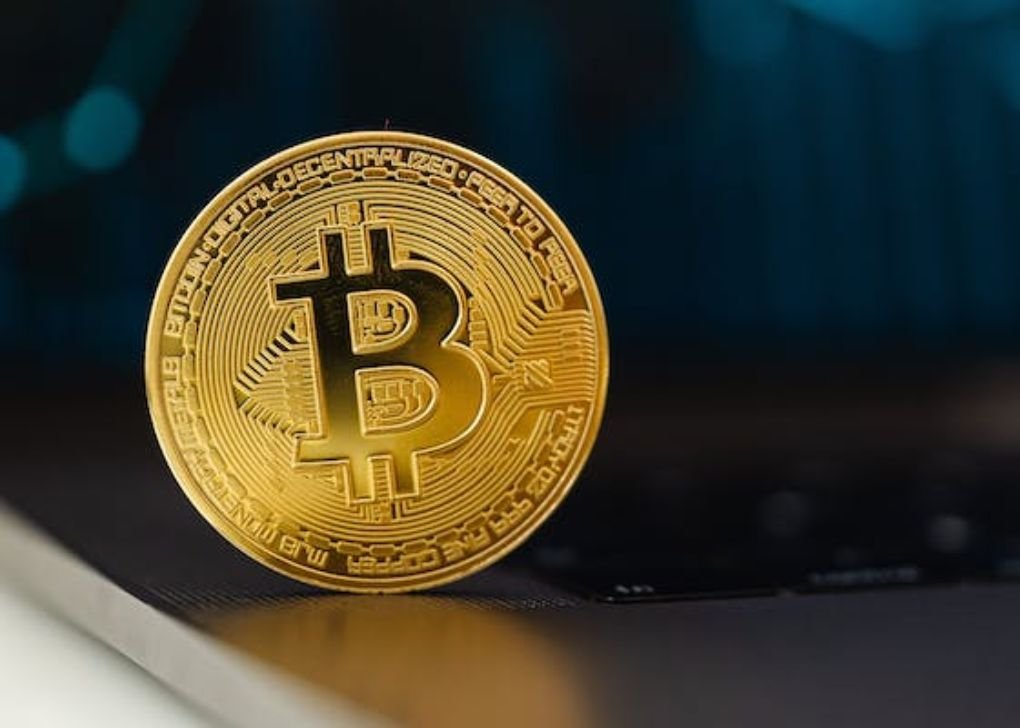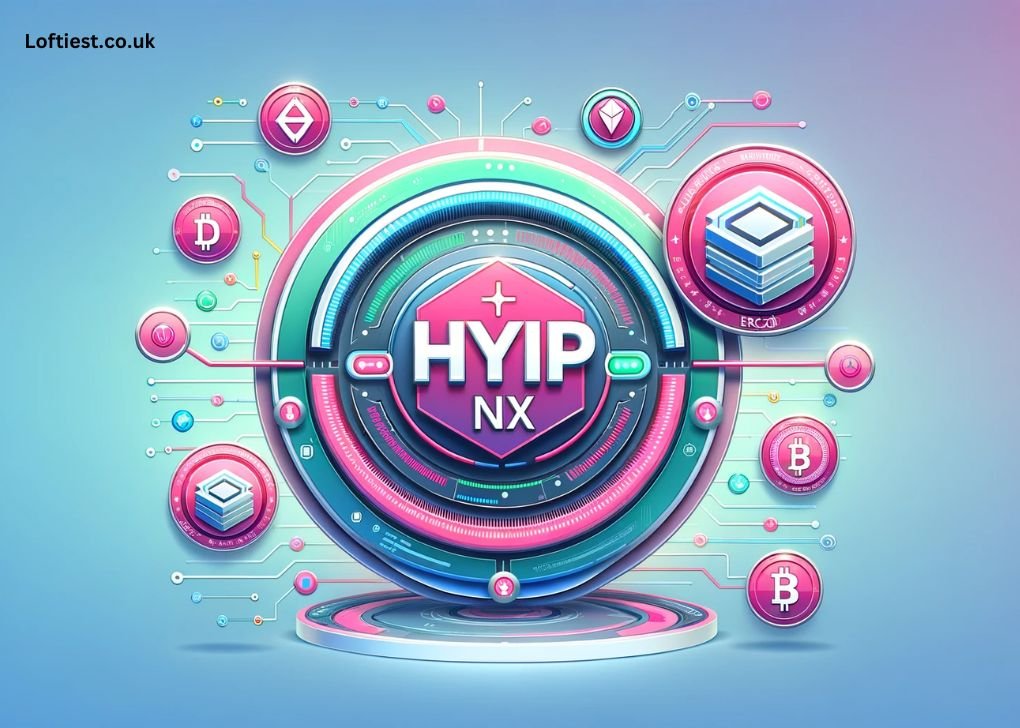When it comes to high-yield investment programs (HYIPs), understanding their inherent risks is the most important thing to know about HYIPs. These investment schemes often promise extraordinary returns that can be tempting for many investors. However, the reality is that most HYIPs are unsustainable and can lead to significant financial losses.
In this blog post, we will explore the key aspects of HYIPs, helping you make informed decisions and navigate the often murky waters of these investment opportunities.
Understanding What HYIPs Are and How They Work
High-yield investment programs (HYIPs) are schemes that offer investors the promise of high returns within short periods. Typically, HYIPs operate online and often require participants to make deposits, which are then used to pay returns to earlier investors.
They use complex and opaque financial models, making it difficult for investors to understand where their money is actually going. The promised high returns are usually unsustainable and rely heavily on a constant influx of new investments, akin to a Ponzi scheme.
Also Read: Is Cryptocurrency Fake Money?
The Risks and Red Flags Associated with HYIPs
One of the major risks associated with HYIPs is their lack of transparency. They often employ complex jargon to mask their operations, making it difficult to verify their legitimacy. Common red flags include guaranteed high returns, unverified testimonials, lack of clear information about the operators, and pressure tactics to invest quickly.
Additionally, the absence of regulatory oversight often means that there is little to no recourse for investors who lose their money. Be wary of HYIPs that promise returns that seem too good to be true, as they are often designed to lure in unsuspecting investors.

Regulatory Landscape and Legal Considerations
The regulatory landscape for HYIPs is often murky, as many operate outside the bounds of traditional financial oversight. In many jurisdictions, these schemes fall into legal gray areas, making it challenging to enforce regulations and protect investors. Some countries have started to crack down on these programs, but enforcement is inconsistent and often comes too late.
Investors should be aware that the lack of regulatory protection means they are at a higher risk of fraud and financial loss. Always check for any regulatory licenses and conduct thorough due diligence before considering any high-yield investment opportunity.
Strategies for Safely Navigating the HYIP Market
Before considering any HYIP, thorough research is essential. Verify the credentials and track record of the operators, and cross-check reviews and testimonials from multiple sources. Diversify your investments to spread risk, and never invest money you can’t afford to lose.
Utilize online forums and community groups to gain insights and stay updated on the latest information about various HYIPs. Be cautious of schemes that require quick decision-making and significant upfront deposits. Using these strategies can help you make more informed choices in the HYIP market.
Also Read: How to Earn Money from Cryptocurrency?
Real-Life Examples of Successful and Failed HYIPs
One notable example of a failed HYIP is the BitConnect scheme, which collapsed in 2018, resulting in massive financial losses for investors. On the other hand, a relatively successful HYIP in terms of longevity was the Gainsy program, which operated for a few years before eventually shutting down.
However, even the more “successful” HYIPs often end with investors losing money, as these schemes are inherently unsustainable. These examples underscore the volatility and risks associated with high-yield investment programs.

Warning Signs to Identify Potential Scams
Watch out for HYIPs that use high-pressure sales tactics, such as limited-time offers or urgent calls to action. Investment options that promise large returns with little to no risk should be viewed with suspicion. Check for unrealistic promises and flashy websites that lack substance. Look for reviews and complaints online to see if other investors have had negative experiences.
Also, scrutinize the background and credentials of the operators; a lack of verifiable information is a significant red flag. Always question the legitimacy of an HYIP that seems to prioritize recruiting new investors over transparent financial practices.
Also Read: How to Invest in Crypto Currencies?
How to Spot and Avoid HYIP Fraud Tactics?
To spot and avoid HYIP fraud tactics, start by scrutinizing their marketing materials for overly aggressive promises and jargon. Be wary of schemes that focus on recruitment rather than actual investment strategies. Check for transparency by asking for detailed financial reports and third-party audits.
Avoid platforms that lack verifiable information or have a history of complaints. Utilize online tools to verify the legitimacy of the website and be cautious of any investment that pressures you into quick decisions. Stay informed and trust your instincts; if something feels off, it’s better to walk away.
Conclusion
Investing in HYIPs can be incredibly tempting due to the promise of high returns, but the risks often outweigh the potential benefits. Conduct thorough research, remain cautious of red flags, and never invest more than you can afford to lose. Always prioritize transparency and regulatory oversight when considering any investment opportunity. By staying informed and vigilant, you can better navigate the precarious world of high-yield investment programs and make more secure financial decisions.
